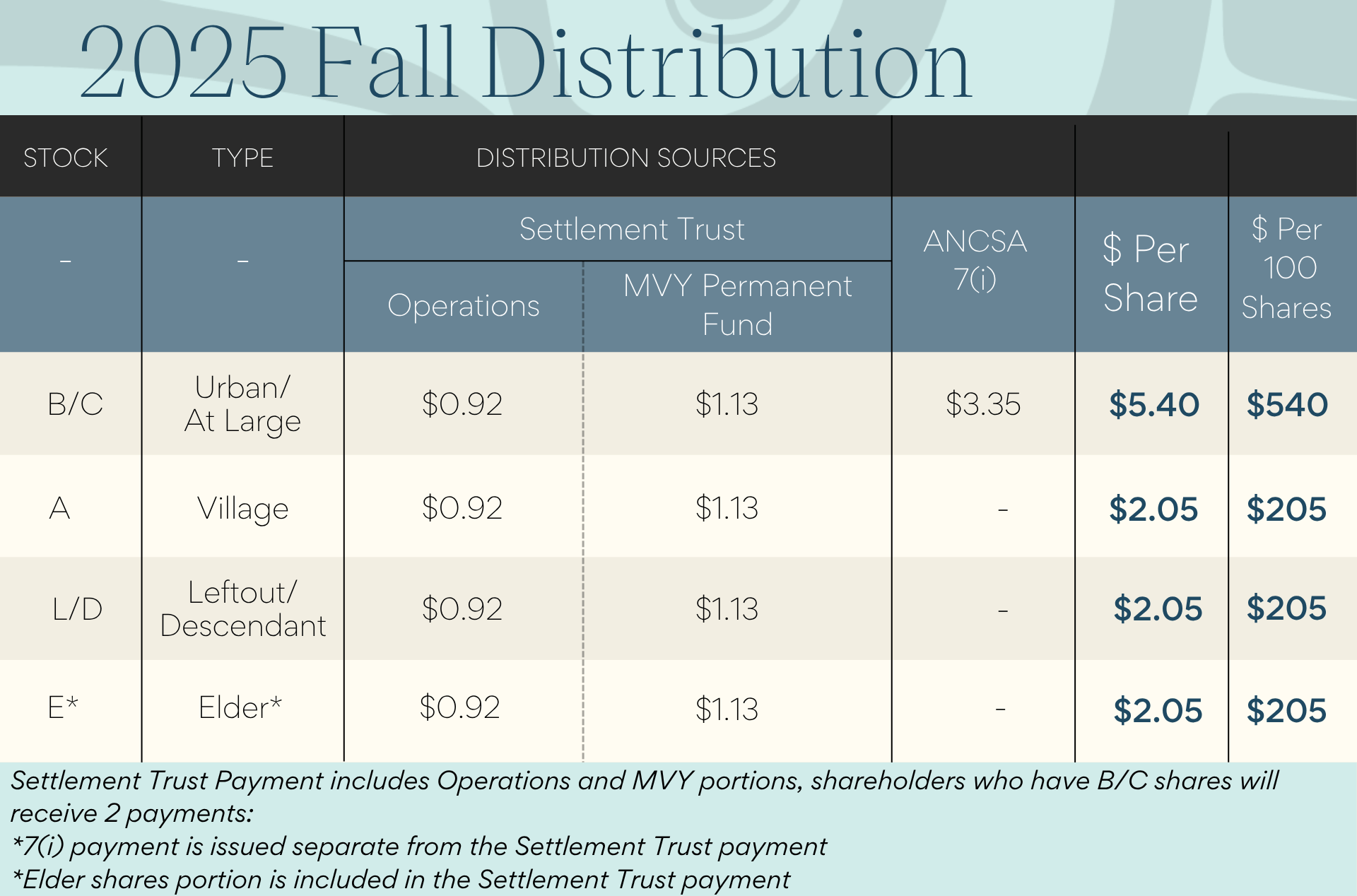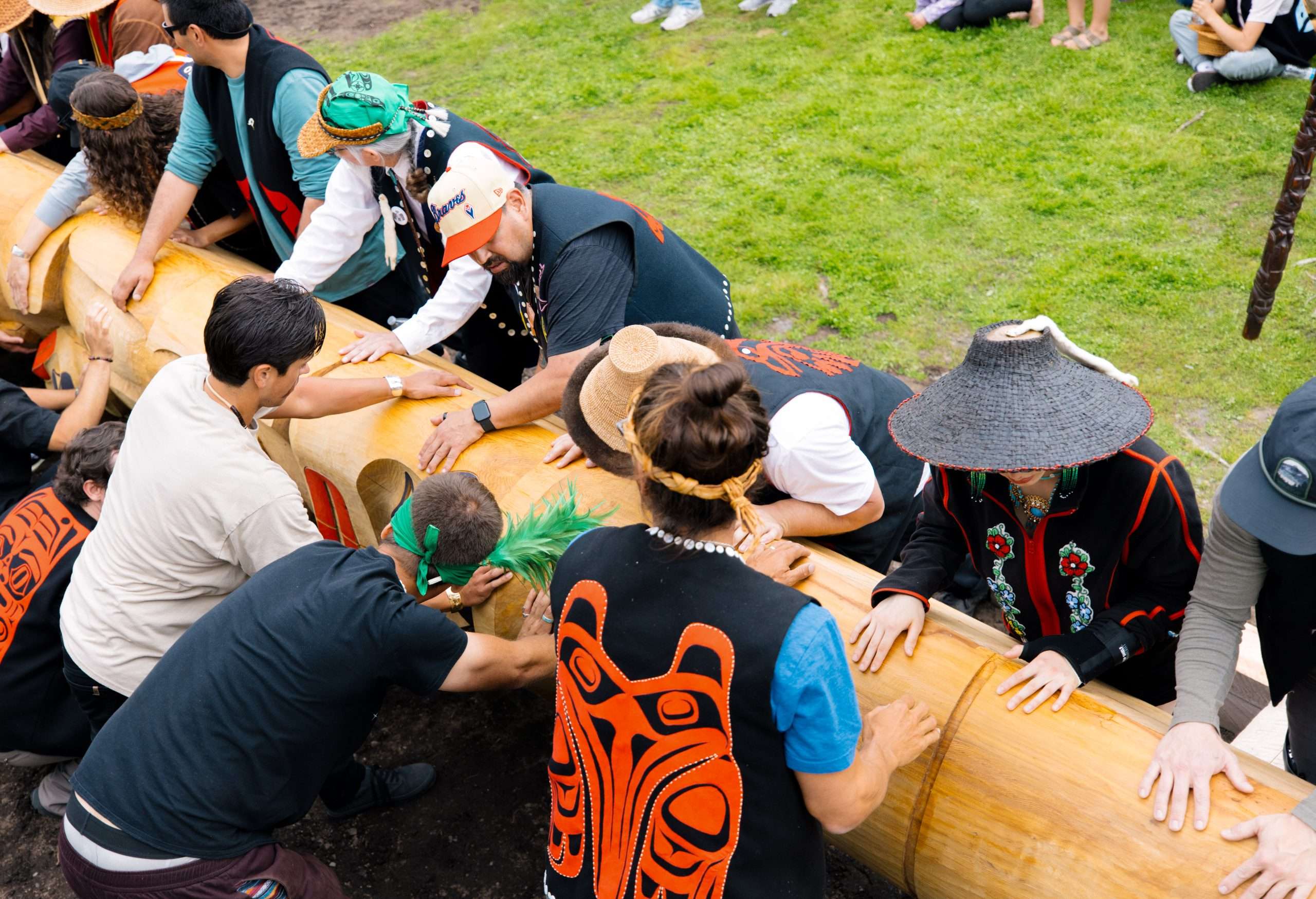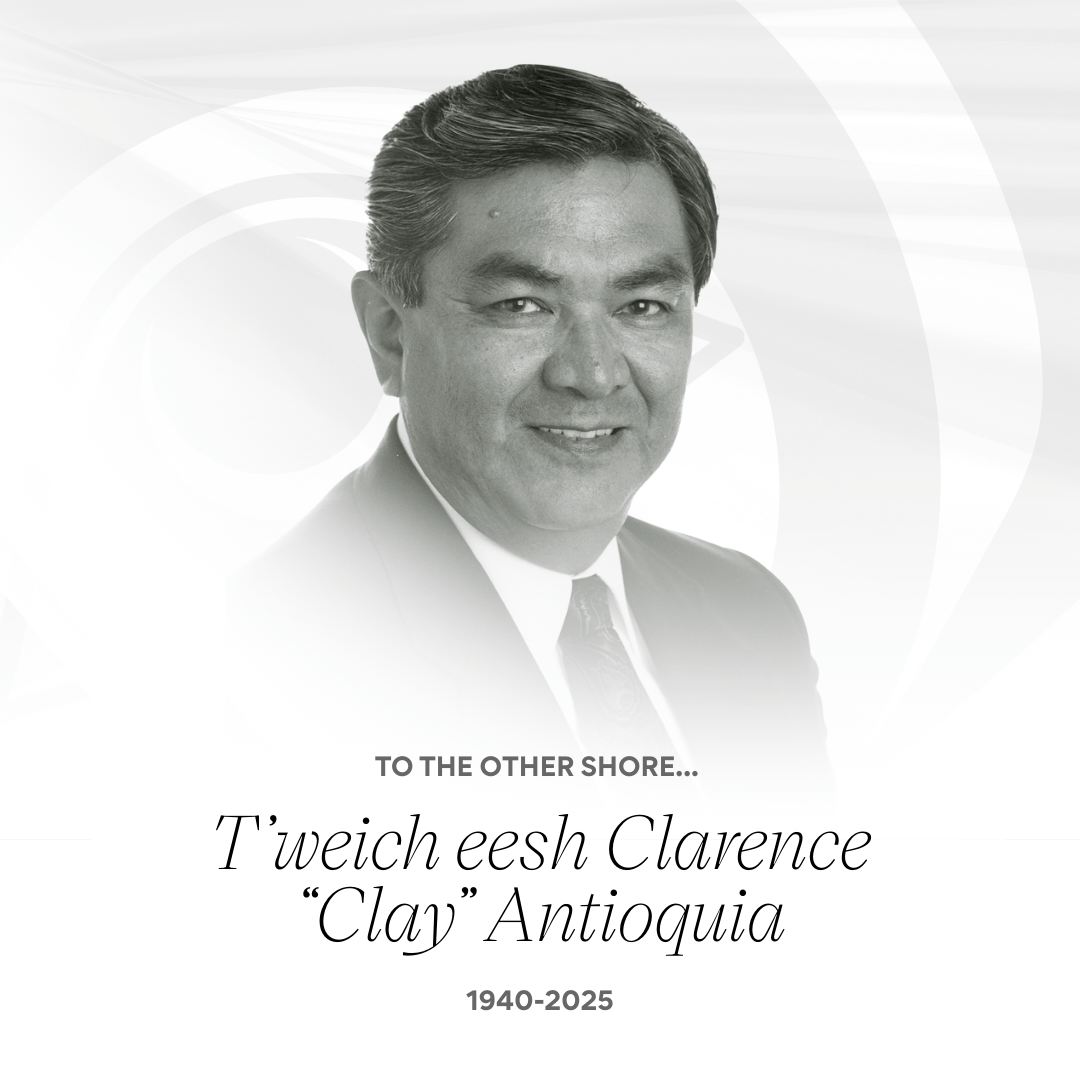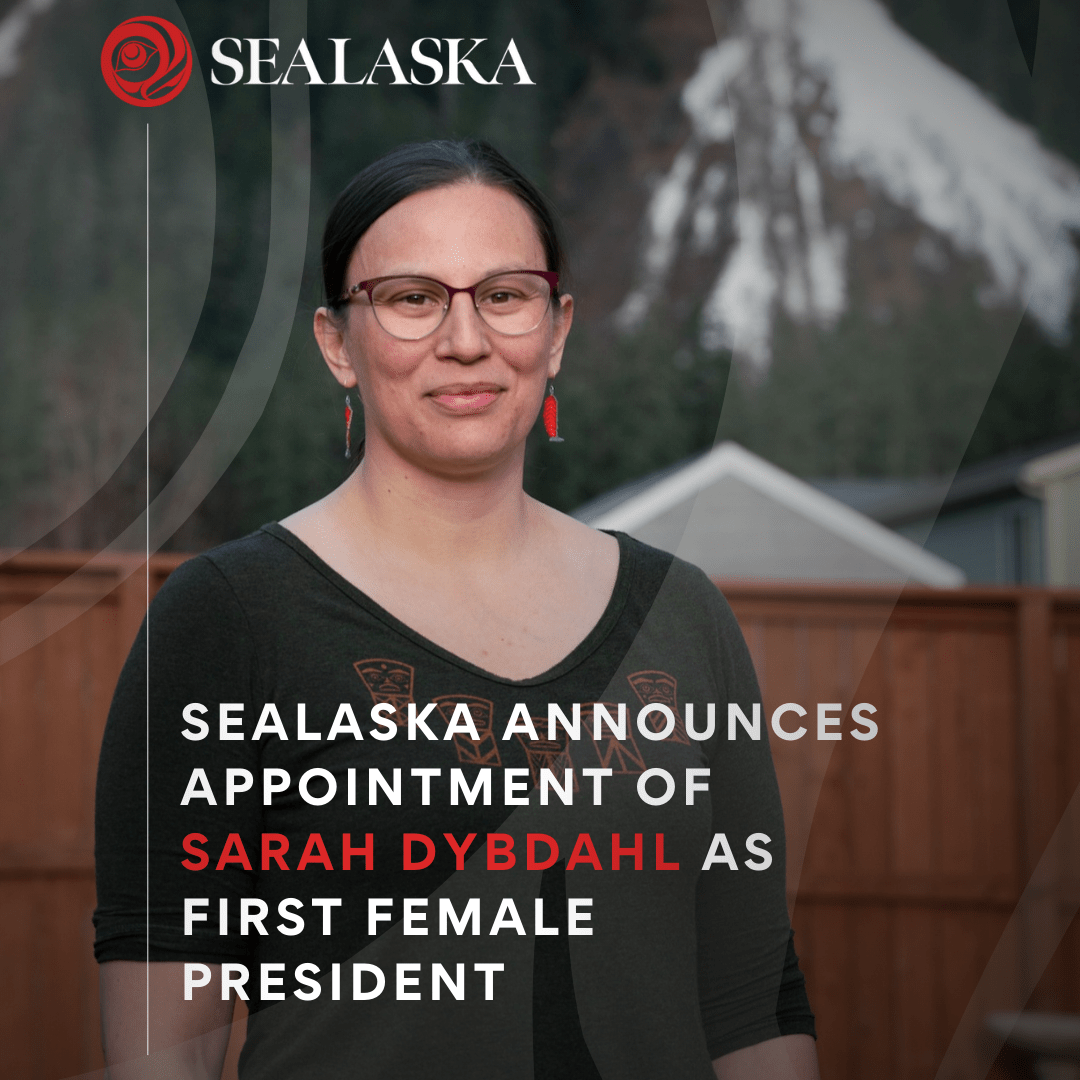Sealaska Support Brings Joy, Growth and Connection Through Yakutat Surf Camp
Tuesday, September 15, 2020

Late this summer, a series of happy coincidences led 40 Yakutat kids out of the doldrums of the pandemic and into the icy waters of the North Pacific for a series of surf camps in Yakutat’s legendary waves.
Their time in the water brought welcome joy, healthy connection to the ocean, and an opportunity to open minds and overcome fears.
“I’ve been so used to everything being sad this year, so to get to Cannon Beach and walk out over the hill and see 40 people all in wetsuits, laughing and playing together in the water, it was surreal,” said Sustainable Southeast Partnership (SSP) Communications Director Bethany Goodrich. “It would be wonderful in any instance, but it was magical in 2020.”
The camps came together thanks to a collaboration that represents the best of what is possible when committed individuals join forces with local organizations. According to Ralph Wolfe, who is the SSP community catalyst in Yakutat and also works for Yakutat Tlingit Tribe, it couldn’t have happened without the specific mix of people and organizations that came together to conceptualize and execute the camps.
“We’re always looking for opportunities for the kids, whether it’s culture camp or some other new thing to try to give them new experiences,” Wolfe explained. “This one hit on a lot of things that are important to us. Getting the kids more comfortable in the water and learning the power it has — it’s a healthy activity we can do right here. It was just a no brainer on my part.”
The first camp of 16 young people took place in August and featured two days of surf instruction and a day of CPR and water-safety training. This weekend, another 24 kids received hands-on lessons on Cannon Beach.
“I’m pretty sure I was smiling all day on Saturday,” Wolfe said. “It was 60 degrees, the sun was shining down, and the kids were catching waves all day. We had to drag them out of the water for lunch. Seeing that excitement — that’s what did it for me.”
Goodrich, Wolfe’s Sitka-based colleague, explained that the camps and how they came together are a perfect example of the role SSP plays in bringing together people and resources from throughout the region to create opportunities for learning and growth.
“SSP was conceived as a way to get people who cared about this place and shared common ground to step outside their disciplines, share their backgrounds and different ways of knowing, and to build projects together,” Goodrich said. “Matching community-identified priorities and needs with resources from other areas to make those priorities happen is what it’s all about.”
The idea for the camps originated with a Juneau-based surfer and photographer named Ryan Cortes. He held a very informal camp last summer in Yakutat and taught several local kids to surf. He was so excited about the experience that he contacted his friend and fellow surfer, Goodrich, to explore whether the camp could be formalized and offered to more kids. Through her professional and personal contacts, Goodrich aligned several people and organizations within a few short weeks this summer to make the camps happen.
Sealaska provided funding for meals, instructors and safety instruction. Grant money paid for boogie boards and surfboards, and Patagonia donated wetsuits.
Sitkan Aleks Petrovitch, a former surf-shop owner from the Bay Area, helped with surf instruction and camp logistics. He said there’s something specific to surfing that helps young people experience what he calls “constructive vulnerability.” When kids confront their fears and get past them, it opens their minds to what else they can possibly do, he said.
A trio of local kids, Avery Jensen and brothers Greg and George Converse, all said they planned to keep surfing. When asked what their favorite part of the camp was, all excitedly exclaimed “Wipeouts and boogie boarding!”
“These elements come together to form waves: storms way out at sea, winds moving over long stretches, creating these swells that move across and finally break on the shore,” Petrovitch said. “Experiencing that loss of control in the water really breaks down constructs and barriers, and forces you to be present in the moment.”









































Previous
Next














